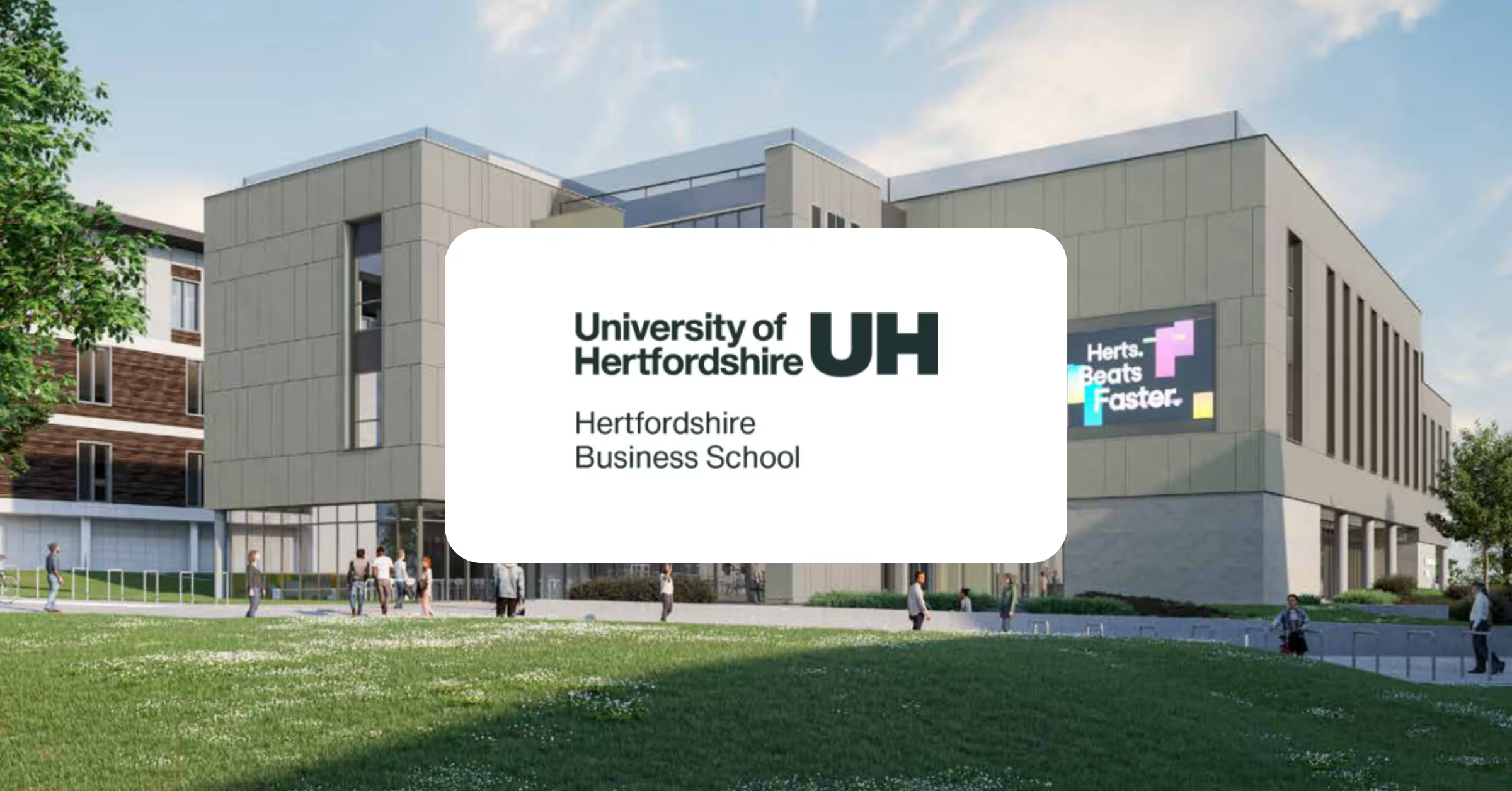Rotterdam University of Applied Sciences enhanced learners' quality of work


Context
This Minor Data Engineering course consists of workshops and in class assignments alongside group work and self study. These activities take place in class and online (asynchronized).
In the first period students work on real-world problems in a group project. They request peer feedback for all individual assignments within their group, and show how they processed the feedback. All groups must request peer feedback from another group and show how they processed the feedback.
The Peer Review tool was chosen to facilitate the process of group feedback, aiming to enhance the quality of the students’ feedback and to make students responsible for their own learning process. The degree to which students process feedback is part of the end grade.



Learning objectives
- Students should immerse themselves in a data problem, by investigating and analysing the problem.
- Students are able to apply professional feedback in your implementation and justify this in their portfolios.
Learning activities
Feedback moments take place throughout the course, not solely at the end, so that the students have enough time to improve their product several times. After processing peer feedback, students once more receive feedback during a classroom session with experts. At the end, students must write a reflection for which they are graded. There are two times when students receive feedback from their peers. The first time, students receive feedback on the design of their group project. The second time, about the draft version of this same project.
Students must assess their own individual work based on the same rubric as the one used for the final assessment by the teacher. This extra step forces students to actively think about whether they meet the requirements.
These learning activities address the following levels of Bloom’s Taxonomy:
- Apply - revise work and present it to peers.
- Analyze - analyze, design and eventually realize a software architecture for a real company problem.
- Create - convincingly write a concept project.

Assessment of learning outcomes
- In addition to the standard competences, the student is also assessed on the research abilities and practicality of the chosen topic.
- In order to evaluate whether students were indeed able to analyse a real (company) problem and revise their project solution while processing feedback the written reflection was graded.
Notable outcomes
- The teacher indicated that Peer Review improved the quality of the work.
- Many questions were already addressed in class when the students were busy giving each other feedback.
- The teacher would like to see the quality of the written reflections higher.
- Students had to give each other feedback based on the same rubric that the instructor used for grading the final report. Therefore, students could already get familiar with the assessment criteria.
- Because of this, compared to previous years, there seemed to be fewer questions about the assessment just before students submitted the final report.
"Although Peer Review has greatly improved the overall quality of work, I would like to see a higher quality of written reflections." - Instructor
The role of the instructor
- Giving instruction and organising the process of peer review by setting deadlines and highlighting the importance of reflection.
- Checking whether students properly processed all the received feedback.
- Grading the quality of reflection.
Added value of technology
- Using Peer Review saved the instructor time as the quality of drafts greatly improved.
- Being able to automatically match students and groups made the set-up easier for the instructor.
Possible variation
During the course students also had to assess themselves, but this was not done within Peer Review. For next time, it could be valuable to enable self-assessment within Peer Review. In this way, students can more easily compare their own comments to those of peers, which can lead to deeper reflection and metacognitive effects.





.avif)
.avif)



